Art Zagreb Will Be Held in September at the Nikola Tesla Technical Museum
August 9, 2021 - The largest Croatian art fair, Art Zagreb, will be held in Hall V of the Nikola Tesla Technical from 15 to 18 September and it will include several exhibitions, lectures, panels, films, and concerts.
Večernji List reports that the largest Croatian art fair, Art Zagreb, is being prepared for the fourth time in a row. This year's edition, with exhibitions, lectures, panels, films, and concerts, will be held in Hall V of the Nikola Tesla Technical Museum, from 15 to 18 September.
This year, for the first time, the organizers of Art Zagreb have established cooperation with the Society of Croatian Art Historians, which will prepare exhibitions of Croatian contemporary art, as well as round tables on events on the art scene.
''The idea of our cooperation is to encourage communication between art historians and artists, communication that used to be very intense, but unfortunately has been lost over time. We hope that with this cooperation we will be able to encourage and revive it'', the organizer and director of Art Zagreb Daniel Tomičić told us.
Therefore, four concepts of young art historians who will participate in Art Zagreb have been selected. They are Hana Katanić with a panel on cryptocurrency, Katarina Podobnik with the exhibition "Beginning: (de) construction", Katerina Jovanović and Ana Žarković organize the exhibition "Homo faber", and Ana Bedenko, Jozefina Ćurković, and Tea Kantoci the exhibition "Survival Kit".
Visitors will be able to view (and buy) student works, from students of all Croatian Academies of Fine Arts, but also academies from abroad. The exhibition "18+" by the artist Marko Šošić, assistant professor at the Josip Juraj Strossmayer University in Osijek, has also been announced. This will be Šošić's first solo exhibition in Zagreb, and he will present fifteen paintings created since the beginning of the pandemic and quarantine. And the art organization Yelo is organizing a project of pop-up exhibitions "Art Bubble / Art & Money" at Art Zagreb, about which we will find out in the coming days.
''Behind the organization of an art fair in Croatia, where the market is still lagging behind the West, is the idea of educating the audience and the critical mass'', says Tomičić.
''The main obstacle to investing in works of art is the lack of tax relief for companies that invest in works of art, which, we believe and hope, will soon change with the harmonization of regulations with Western countries. Contemporary art has no place in the media, people do not have the habit of going to exhibitions... In the world, investing in art is treated the same as investing in stocks or real estate and in every age of crisis, and so in this corona crisis, it turns out that art loses the least in value. We started this festival to talk and write about it and to raise awareness about the art market'', concludes Tomičić.
For more, follow our lifestyle section.
State Delegations Lay Wreaths at Mirogoj Cemetery
ZAGREB, 4 Aug, 2021 - On the eve of Victory and Homeland Thanksgiving Day, War Veterans Day and the central commemoration in Knin, state delegations laid wreaths at Zagreb's central Mirogoj cemetery on Wednesday.
The government delegation was led by Veterans' Minister Tomo Medved and a delegation of the Croatian Parliament was led by Deputy Speaker Željko Reiner.
The delegations laid wreaths at the Wall of Pain monument, the Central Cross in the Alley of Fallen Croatian Homeland War Defenders, the grave of Croatia's first president Franjo Tudjman, and at the common grave of unidentified victims of the 1991-95 war.
Wreaths were also laid by a delegation of President Zoran Milanović, led by his advisor on defence and national security Dragan Lozančić, as well as a delegation of the City of Zagreb, led by deputy mayor Luka Korlaet.
Shortly after that, a delegation of the Social Democratic Party (SDP), led by member of the SDP presidency and MEP Predrag Fred Matic, laid flowers and lit candles at the Wall of Pain monument and the Central Cross in the Alley of Fallen Croatian Homeland War Defenders.
For more about politics in Croatia, follow TCN's dedicated page.
Ugly Scenes in Capital: 200 Bad Blue Boys and Legia Warsaw Fans Clash in Dubrava
August 4, 2021 - Ugly scenes broke out in Zagreb last night as Dinamo fan group Bad Blue Boys and Legia Warsaw fans clashed in the capital ahead of the Champions League qualifier tonight at Maksimir.
A fight broke out in Zagreb's Dubrava area late Tuesday night. About 200 football fans clashed, and according to the first information, they beat each other with batons, threw stones, and lit flares, reports Index.hr.
A fight broke out on Dankovečka Street at around 9:30 pm, in which about 200 fans took part.
Police officers were present from the beginning and prevented a possible major conflict, and according to the information gathered so far, no one was seriously injured.
The circumstances of the incident and police action are being determined.
According to media reports and witness statements, the fans had batons and took chairs from the cafe terraces. A small group clashed in one of the nearby parking lots, and flares and stones were thrown at each other.
Zagreb a day before the Dinamo - Legia match. pic.twitter.com/LEnf5aPqx0
— ??????? (@d4mije) August 3, 2021
Citing sources from the fan milieu, the media write that it is allegedly a planned provocation of the Polish club who came to Zagreb by bus, partly from the Adriatic coast where they were on vacation, partly from abroad, to cause riots before tonight's Champions League qualifier between Dinamo and Legia.
The fighting quickly became news in the Serbian media, added Index.hr. Recall, tonight's match between these two clubs is the first of two that will take one of the teams to the Champions League playoffs, in which they could face Belgrade's Red Star.
Bad Blue Boys (Dinamo Zagreb) looking for Legia Warsaw fans.pic.twitter.com/cmMBN58Yb1
— Sam Street (@samstreetwrites) August 3, 2021
The Telegraph states that there is a "state of war" in Zagreb and that a fight between fans "literally set the whole neighborhood on fire," and Kurir, under the headline "Gori Zagreb," states that "several hundred hooligans broke up one neighborhood."
B92.net also wrote about the riots, stating that it is stormy in Zagreb, and went on to describe the clash of fans in which batons and flares were used.
Police said no one was seriously injured, though witness accounts from the evening seem to disagree. The police made arrests last night.
To follow the latest sports news in Croatia, follow TCN's dedicated page.
To learn more about sport in Croatia, CLICK HERE.
Zagreb Mayor Tomislav Tomašević Announces New Model For Appointment of School Boards
ZAGREB, 3 Aug, 2021 - Zagreb Mayor Tomislav Tomašević announced on Tuesday that next Monday, applications would be invited for the appointment of members of school boards, with around 400 members to be selected, plus 200 who are representatives of local government units.
Speaking at a news conference, Tomašević said that under the new model, of the three school board members who are appointed as representatives of schools' founder, namely the City of Zagreb, one would be chosen from among representatives of local government bodies and two would be selected in an open competition.
Around 400 school board members will be selected in an open competition, around 200 will be nominated by heads of city district councils.
The boards of primary and secondary schools whose founders are local government units each have seven members, of whom three have so far been appointed exclusively by a decision by the mayor.
The Večernji List daily recently reported that the appointment of some of the school board members in an open competition would be introduced by Zagreb and Split, whose mayors, Tomašević and Ivica Puljak respectively, have said the new model is aimed at depoliticising educational institutions.
Tomašević today also noted that fees for members of school boards as well as for members of the management boards of city-owned kindergartens and cultural institutions would be cut.
Amendment of criteria on lease of city premises
Speaking of waste management in Zagreb, Tomašević said at today's news conference that the situation in Zagreb was critical regarding the disposal of bio-waste and bulky waste.
A new public procurement procedure has been launched for the disposal of bio-waste while the public procurement procedure for the disposal of bulky waste is under way, he said.
The mayor of Zagreb also announced changes to criteria for the lease of city-owned premises, noting that by raising prices of lease, which are currently very low, the city's revenue could be increased.
"I do not see any logic in leasing commercial businesses that earn millions in revenue spaces of several hundred square metres at a price of several thousand kuna," he said.
For more about politics in Croatia, follow TCN's dedicated page.
Zagreb Digital Nomad Ambassador Veronica Mulhall Exit Interview (VIDEO)
August 3, 2021 - Veronica Mulhall's tenure as the Zagreb Digital Nomad Ambassador has come to an end. She caught up with TCN before her next challenge - climbing Mount Kilimanjaro.
Tourism in Croatia is changing, albeit slowly.
The shift to remote work is a small but rapidly growing factor in the lives of people these days. The freedom to travel the world as long as it fits in with the remote office timetable is a trend which is growing quickly. And one which Croatia is perfectly poised to take advantage of.
The global PR generated from the Croatian digital nomad permit may not have been translated into approved permits just yet, but it has done an even more important job (at least in my opinion) of promoting Croatia as an exciting nomad destination. Nomads are by definition nomadic, and while many will in time take advantage of the 1-year permit, a far greater number will come and sample Croatia for 1-3 months. And the more information and feedback they have about the wonders of Croatia, the more likely they are to try.
All this brings a new tourism niche which has never really existed in Croatia before - the workation (or should that be worcation?), an extended period of time in a destination where people can explore living in the destination rather than just visiting it. Rather than the 1-2 week traditonal vacation, how about a 30-day stay, combining work and play over a month? Croatia has never marketed itself this way before, but it seems that there is a growing appetite for this type of stay if questions on nomad forums and social media are anything to go by. From my observations, the most common time period people are interested in nomading in Croatia initially is a month.
And while there are currently lots of information options to discover a destination in 24, 36 and 72 hours, the concept of 30 days is relatively hard to find. As we learned from the Dubrovnik Digital Nomad-in-Residence programme, while many tourists think two days is enough the city, Beyond the Walls: 4 Weeks in Dubrovnik Not Enough, Say DNIR Digital Nomads.
The more the focus moves to longer stays, the more people will discover the charms of not just visiting a destination, but living in it. The Dubrovnik nomads were really surprised at the wealth of options beyond the walls, and the more digital nomads I meet in Zagreb, the more I realise that the Croatian capital is an undiscovered jewel on the nomad trail. Having been involved in the organisation of last October's first digital nomad conference in Croatia, the DNIR programme, and now Zagreb Digital Nomad Week & Zagreb Digital Nomad Ambassador project, the feedback from our longer-staying guests is all indicating that a huge change is coming. And a change for the better. The visa push might not have generated thousands of permits just yet (and I personally think that the process should be made simpler), but it has definitely contributed greatly to this growing interest of Croatia as a top nomad destination.
The Zagreb Digital Nomad Ambassador project followed on from Zagreb Digital Nomad Week, a chance for us to learn about Zagreb as a 30-day destination through the experiences of international nomads who were guests of the city for a one-month period.
The first ambassador, Veronica Mulhall - together with her partner Julian - not only fell in love with the city and are now considering buying property here, but they will also be back for Advent. Veronica had a very active time here (and we will publish her Google Map of her Zagreb discoveries shortly), and she will be sending us a few pieces on her observations and experiences. But for now, here she is with her exit interview at Art Park Ribnjak, where she painted a mural as a momento of her time here.
Veronica's partner Julian was also working remotely while here, and he was also kind enough to talk about his experiences, which you can see in the video below. In her short time here, she managed to discover parts of the city and things to do that I had no clue about.
Veronica's last night included a handover to this month's ambassador, South African Rudi Witkowsky, who arrived on Sunday with his partner, Victoria.
You can meet Rudi here, and if you are interested in connecting with him during his time in Zagreb, you can contact him via Instagram.
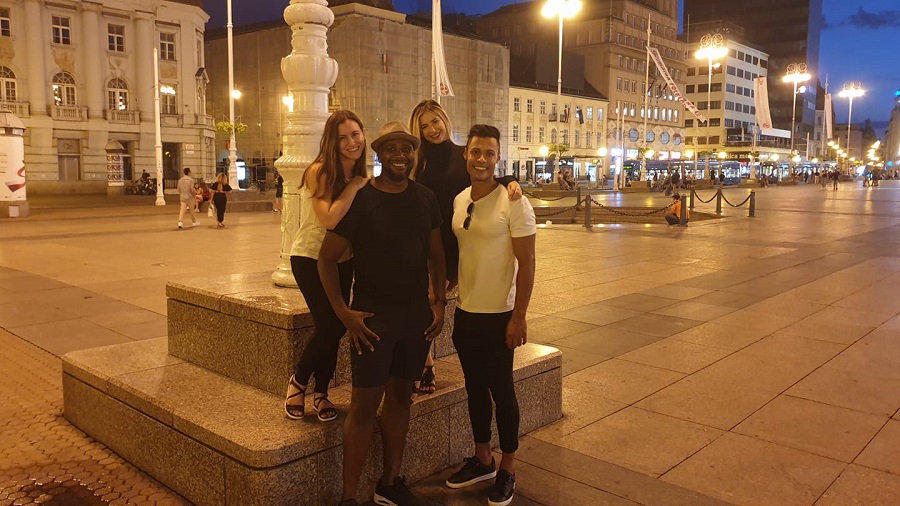
Are you interested in becoming a Zagreb Digital Nomad Ambassador? Find out how here.
For more information and features on digital noamds in Croatia, check out the dedicated TCN section.
City Breaks, Nomads, Medical Tourism: a New Era for Zagreb Tourism
July 30, 2021 - The announcement of 25 new routes from the Croatian capital by Ryanair is the latest step in the evolving nature of Zagreb tourism, which has a very bright future.
When I first moved to Croatia back in 2003, my budget travel options from the UK were extremely limited. There was the unenviable choice of London to Trieste, bus transfer to Rijeka, then 11 hours on a bus to Split and the ferry to Hvar. Much preferred was Ryanair to Graz, then 4 hour train to Zagreb and onward bus to Split.
I got to know Graz a little during that time, as I would sometimes stop for a night or two to explore that very pretty Austrian city, but Zagreb always left me a little cold. There never seemed to be much going on, and I remember that the only international cuisine available back then was an average Indian and an ever more average Chinese. For me, Zagreb was always just a transit point, and not somewhere to spend time.
My opinions of Zagreb have changed 100% over the years, but then so too has Zagreb, which was named by Lonely Planet at the best destination in 2017, something unthinkable 15 years previously. Indeed, one German newspaper even labelled it the most boring captial in the EU back in 2014.
I have spent a lot of time in the Croatian capital, having moved from Jelsa to Varazdin 5 years ago, and it has been a pleasure watching the transformation of the city into one of Croatia's tourism jewels with outstanding potential to develop further.
Zagreb was not really known for tourism until relatively recently, but it has made enormous progress in recent years to become one of the leading destinations in terms of visitors and overnight stays. As the Croatian tourism gurus were trying to figure out how to extend the season, the rise of Advent in Zagreb was meteoric. From a standing start of just a few stands on the main square, within a few years Advent in Zagreb has been voted the Best Christmas Market in Europe, with hundreds of thousands of visitors at a time of year when things were pretty dead in Croatia. The success of Advent in Zagreb inspired other cities to follow suit all over the country, and Advent is now an established part of the tourist calendar in Croatia.
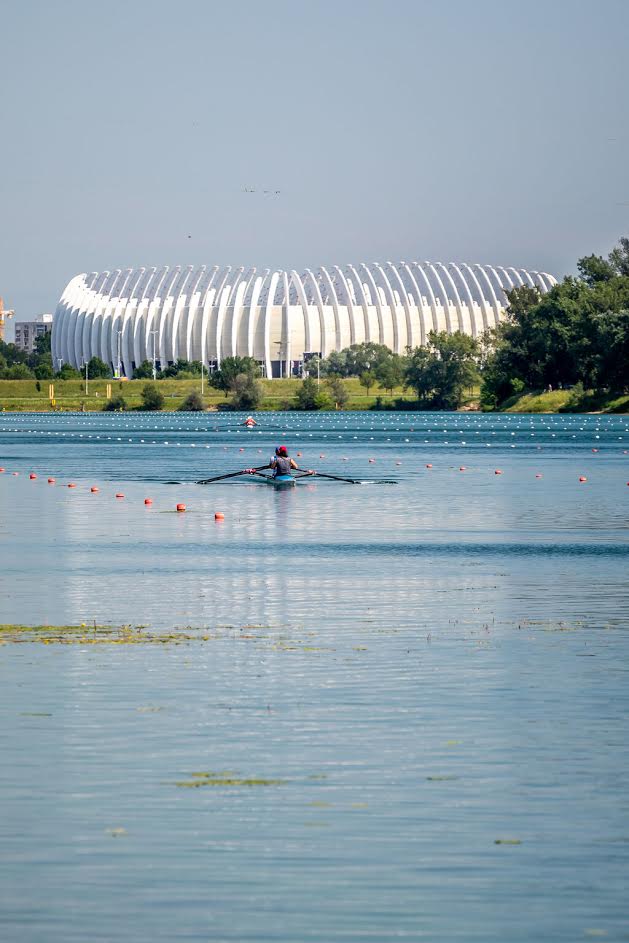
(Photo credit J.Duval)
But the arrival of Ryanair to Zagreb, the first low-cost carrier to offer a signifcant presence in the capital, brings with it untold possibilities to develop Zagreb tourism, and in ways that meet the needs of the modern traveller, not just those heading for the typical beach holiday on the coast. And with Ryanair CEO Eddie Wilson claiming that the Irish airline will bring no less than 700,000 passengers by the end of the financial year, the tourism boast both for Zagreb and Croatia should be significant.
Unlike most visitors to Croatia from European cities, I have long forgotten the luxury of choice with low-cost airlines, especially out of season. Looking at the new schedule, with December flights at bargain fares to destinations such as Cyprus, Thessaloniki, Malaga, Rome, Malta, Milan, Scandinavia, and even my native Manchester, it brought home to me just how significant the arrival of Ryanair will prove for Zagreb. Not only will other destinations be a lot more accessible for those living in Croatia, but now Zagreb will be open to so many more passengers at affordable prices from a number of destinations previously inaccessible. And with Ryanair planning to increase the number of routes to more than 40 by next summer, as well as potentially entering the domestic market, there will be choice as never before.
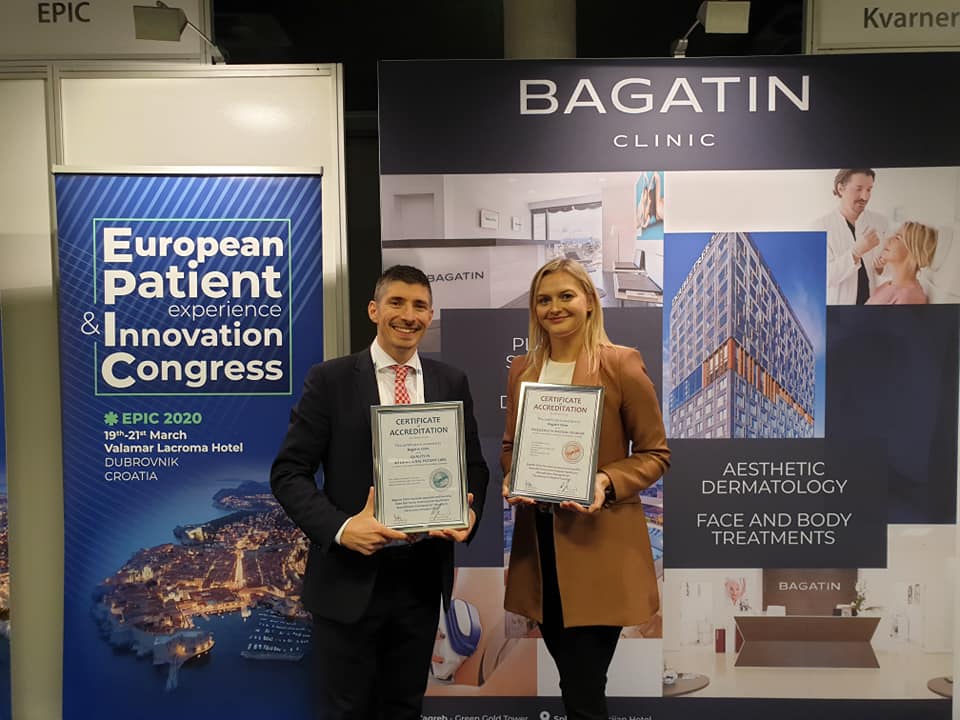
(Bagatin Clinic was voted the best international cosmetic surgery clinic of the year at the International Medical Travel Journal Awards in Berlin in December 2019)
This new accessibility offers great opportunities for Zagreb in various tourism sectors. Croatia has always had an outstanding medical tourism offer, for example, as good as - if not better - than elsewhere in the region, but the inaccessibility of affordable flights to Zagreb has been arguably the major hindrance to developing the sector. In stark contrast, medical tourism in neighbouring Budapest has exploded, with its dental industry bringing in an impressive US$600 million annually. Choice of low-cost flights form the UK is a major factor in that success, but industry experts predict that Croatia could take 25% of that market if it could become competitive with flights.
Budapest is also worth examining for future Zagreb tourism trends with the budget airline factor. A couple of years ago, I had a very interesting interview with Jost Lammers, CEO of Budapest Airport, on the rise of Budapest Airport after the collapse of state airline, Malev. You can read it here.
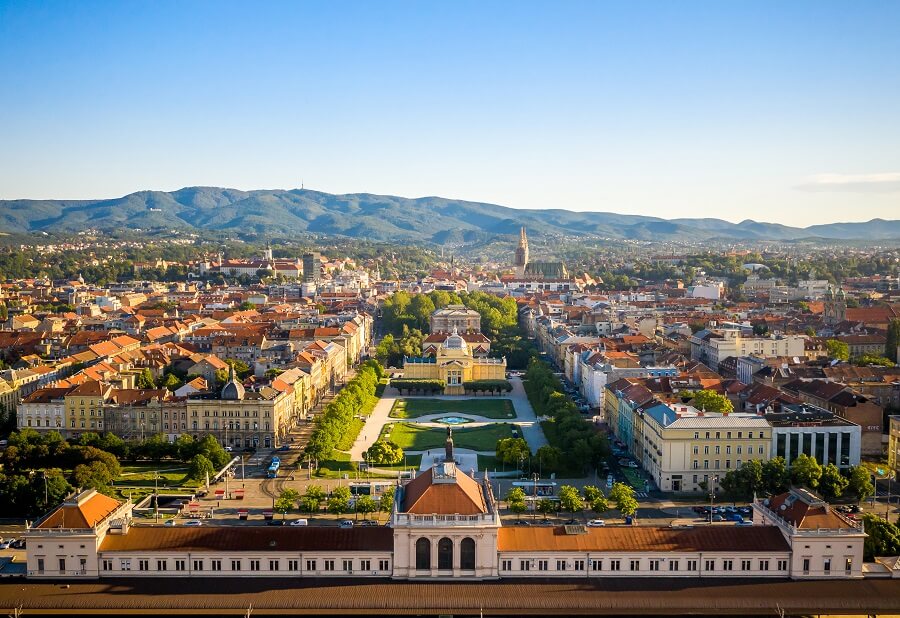
(Photo credit J. Duval)
Zagreb is an ideal city break destination, with an enviable offer of parks, culture, musuems, gourmet, events and one of the most chilled lifestyles in Europe. The Around Zagreb concept, connecting the city with the nature, traditions, wine roads and adventure tourism of the surrounding region, offer plenty of choice all year. The missing link - affordable accessibility from multiple destinations - is now in place. Where once Zagreb was a stepping stone to the coast, now it looks increasingly set to become a 2-3 city break destination in its own right.
And let's not forget this new breed of tourist which has the ability to significantly impact both the tourism numbers and the mindset - digital nomads. Events such as the recent Zagreb Digital Nomad Week have shown the level of interest in Zagreb, but also how much the city has been a pleasant surprise. Great Internet, English-widely spoken, laid-back lifestyle, great gourmet, cultural and adventure tourism scenes, and spectacular nature, even with the city limits. As Dean Kuchel of Digital Nomad World, put it when asked what Zagreb was missing for digital nomads, his reply was 'More digital nomads.'
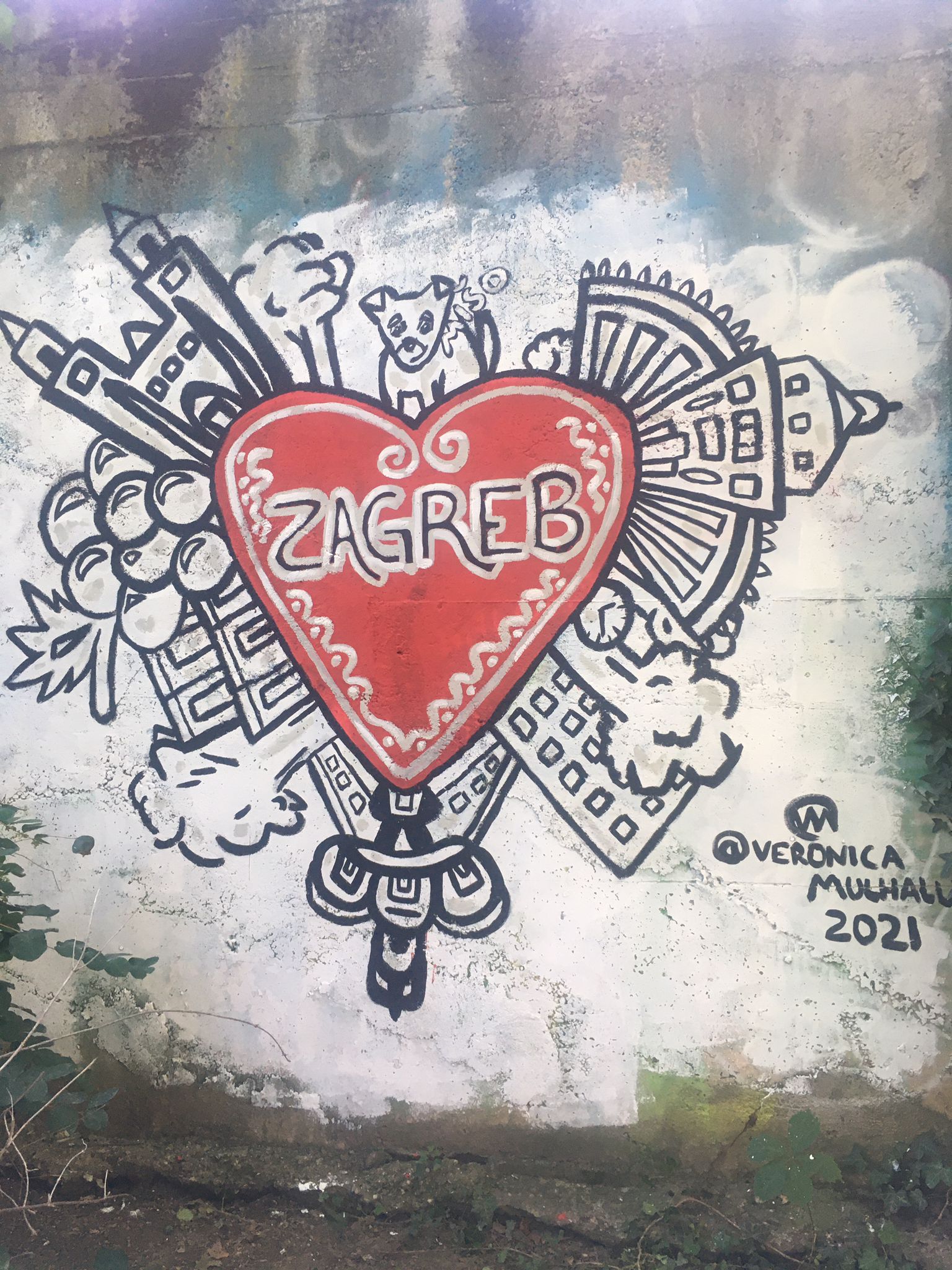
(Zagreb's first digital nomad ambassador, Veronica Mulhall, leaves her impressions of Zagreb on a mural in Art Park Ribnjak)
As the word continues to spread about the cool vibe coming out of Zagreb in 2021, coupled with more budget flight announcements, it is only a matter of time before they come.
Good times are in store for Zagreb tourism. Have you paid a visit recently? Learn more about the city in the Total Croatia Zagreb in a Page guide.
Mandy Fransz of Make the Leap Digital on the Digital Nomad Opportunity
July 28, 2021 - One of the star speakers of last month's Zagreb Digital Nomad Week was Mandy Fransz from the Netherlands. She caught up with TCN after a little relaxation on the Croatian coast.
It is a few weeks now since the conclusion of Zagreb Digital Nomad Week 2021, the first conference of its kind in the Croatian capital. There was plenty of positive energy throughout the week, despite the heat, including several inspirational speakers. Among them was Mandy Fransz from the Netherlands, who flew in for the event, before continuing her Croatian nomad journey to the Adriatic, where she worked remotely for a couple of weeks after the conference. TCN caught up with Mandy to get her perspective on the future of remote work, and the opportunity for both Zagreb and Croatia.
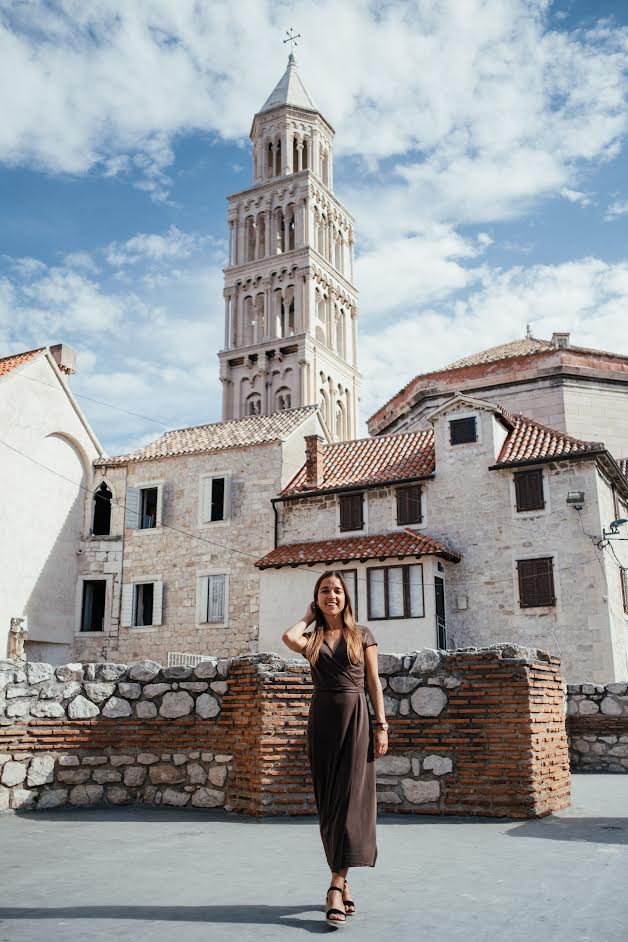
1. Your company Make the Leap Digital sounds like an exciting journey. How did it come to be?
I quit my corporate 9-to-5 office job at LinkedIn's European headquarters in early 2018 without a solid plan. The only thing I knew was that I wanted to explore the opportunities to work and travel. I booked a ticket to Bali, Indonesia as I knew it was known as one of the most popular destinations for remote workers and digital nomads. I joined a co-working space as I believe in the power of networking with like-minded people such as remote workers and digital nomads and attended organized events, workshops, meet-ups etc. This is how I met my first freelance client, without having a website or even a registered business. Upon return, I decided to cancel my lease and moved all of my belongings to the Netherlands (I was living in Dublin, Ireland at the time) and registered my business Make the Leap Digital to help entrepreneurs and businesses to unlock the power of LinkedIn.

2. I love this line on your website - What if I could teach others how to digitally transform the way they work — perhaps traveling the world while I’m at it?
Tell us firstly how much different your working day and approach is these days? Back in corporate, I was working a traditional 9-to-5 office job and at some point I was even expected to come into the office at 8AM. Since I quit my job, I work whenever and wherever I feel the happiest or most productive. I've been a digital nomad for 1,5 years and I've worked, lived, and traveled in beautiful destinations such as Bali, Portugal, California, and Colombia. I'm now based in Rotterdam, the Netherlands and mainly work from home but when travel restrictions allow I love to go on a regular "workation" to beautiful places like Croatia for a change of scenery. This really helps to spark inspiration and creativity while having the freedom to travel and explore the country and culture during weekends. I now work with clients around the world from the comfort of my laptop either from home, a co-working space, or a nice cafe. But, most importantly -- I am grateful to help my clients to unlock the power of LinkedIn and remote work so they can digitally transform the way they work and they, too, can enjoy the freedom and flexibility to work from wherever they feel the happiest and most productive.
3. And now what about the challenges and obstacles to encouraging people to make that leap. How do people leave their comfort zone and take that leap?
When I quit my job to explore the world of remote work, I had no idea how I was going to make this happen. The only thing I had was a big dream and the courage to take a leap of faith. Based on my experience, I'd say, think about what it is that you'd like to achieve within the next 5 - 10 years, and take small steps towards that big dream or ambitious goal. The best things happen outside of your comfort zone, and sometimes you need to take a leap of faith. Learn to embrace uncertainty and view failures as opportunities for growth. Believe me, the remote work opportunities are endless, especially now the pandemic has accellerated the adoption of remote work by at least 10 years.
4. In Croatia, we are just becoming aware of the remote work opportunity and how it could shift things significantly. Paint us a picture. How do you see the workplace in 5 years?
I believe that the traditional 9-to-5 office job will become obesolete and companies will need to adapt remote work to meet the changing demands of the global workforce. Different studies show that remote work not only increases productivity, but it also provides some key benefits such as lower real estate costs and attracting and retaining top talent worldwide. The traditional workplace will most likely transform into a central hub focused on in-person collaboration, creativity, and community, with an increasing number of co-working spaces. Additionally, companies will need to adopt sustainable remote work policies to digitally transform their workforce from culture, communication, and collaboration in order to thrive in a fully remote or hybrid environment. We've just gone through the world's largest remote work experiment, now it's time to take those learnings and embrace the potential of remote work in the long term.
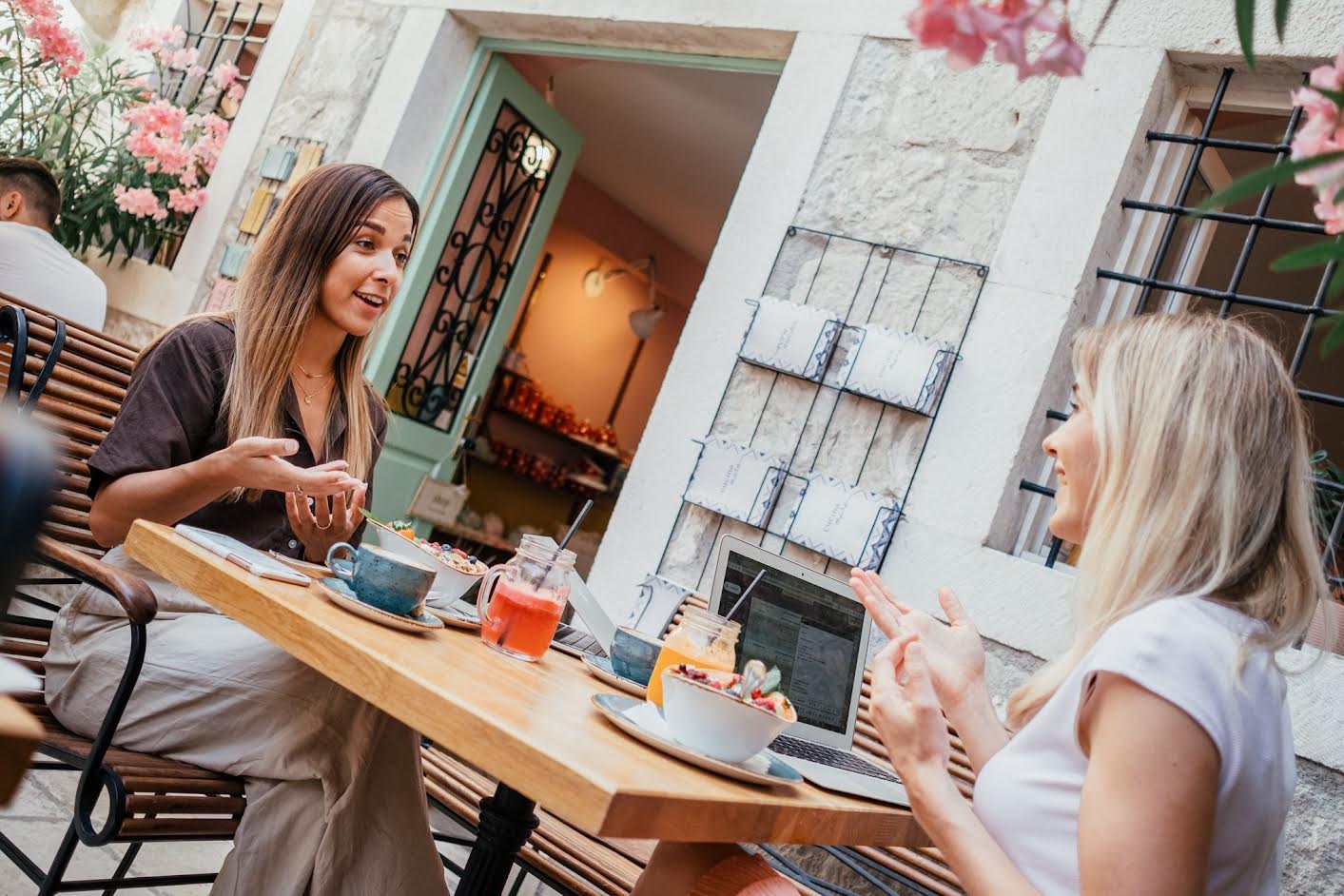
5. How does a city such as Zagreb prepare to meet this changing demand?
I think Zagreb has done a phenomonal job by organizing and hosting the Zagreb Digital Nomad Week recently. At this stage, it is all about connecting different stakeholders from co-working spaces, tourism, hospitaliy, digital nomads and remote work advocates to learn from each other and to make sure everyone is on the same page. Now, the next step is to take small incremental steps towards your common goal to transform Croatia into one of the world's top destinations. Remember, remote work is a marathon, not a sprint.

6. There is a lot of buzz about Croatia as the next digital nomad destination, especially with the new permit. How does Croatia rate on the scene in your opinion, and can you give us 3 quick wins to improve things considerably.
Having experienced digital nomad life in Croatia for a few weeks now, I can definitely say that Croatia has all the key ingredients to become one of the world's top destinations for digital nomads and remote workers. You have it all: the culture, warm weather, great food, central location, fast Wi-Fi, and beautiful nature with a combination of mountains, natural parks, and islands with crystal clear water. If there's anything that Croatia can improve, I'd say focus on providing the best digital nomad experience by 1) investing in inspirational co-working spaces, 2) collaborating with different stakeholders to provide a great infrastructure from flexible gym memberships, mobile phone contracts, co-living arrangements and 3) building a community of like-minded people by organizing local events and meet-ups such as an interactive workshop, networking session, lunch & learn etc.

7. Tell us about your role in ZDNW, and why did you decide to come?
I'm grateful for having been invited as one of the keynote speakers at the Zagreb Digital Nomad Week to host a session about LinkedIn - Online Presence and a keynote on The Rise of Remote Work. I've been in Croatia briefly in the past, and I always wanted to come back to explore the country and digital nomad scene. It was the perfect opportunity to learn about the culture, food, and digital nomad life while meeting an amazing group of like-minded people. After spending a week in Zagreb, I decided to extend my stay with a "workation" on the coast and visited Split, Hvar, and Brac. The whole experience far exceeded my expectations and I will definitely be back very soon!
You can follow Mandy Fransz via LinkedIn.
For more news and features about digital nomads in Croatia, follow the dedicated TCN section.
Finding Zagreb: From Zero to Hooked on Croatia's Capital City
July 29, 2021 - A few weeks ago, all that Veronica Mulhall knew about Zagreb was that it was the Croatian capital. After several weeks as the first Zagreb Digital Nomad Ambassador, her perspective has completely changed.
As if it was always meant to be, I have been walking around Zagreb the last few weeks completely in love with the city. The beautiful streets, buildings, history, art, culture, and people have made it an endless exploration that has mixed perfectly well with the meetings, management, and (endless) emails that come with my work-remote lifestyle.
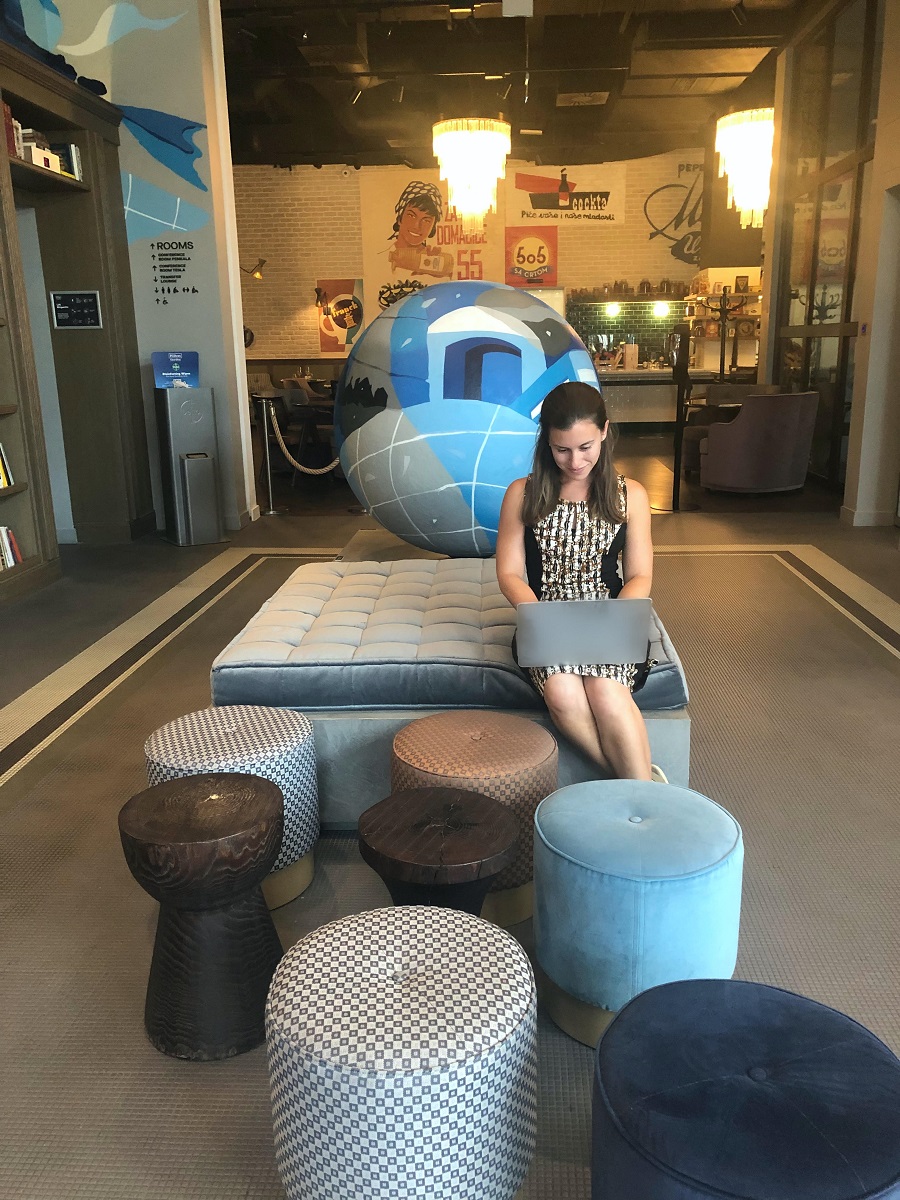
The catch? I have a secret. What may be surprising is that just a few weeks earlier I hadn’t thought of visiting Zagreb. And, I was already in Croatia as a digital nomad. It was only barely on my radar as Croatia’s capital. No one told me how green the city was, the endless options of great cafes and restaurants. Instead, I thought the coast was Croatia’s main attraction.
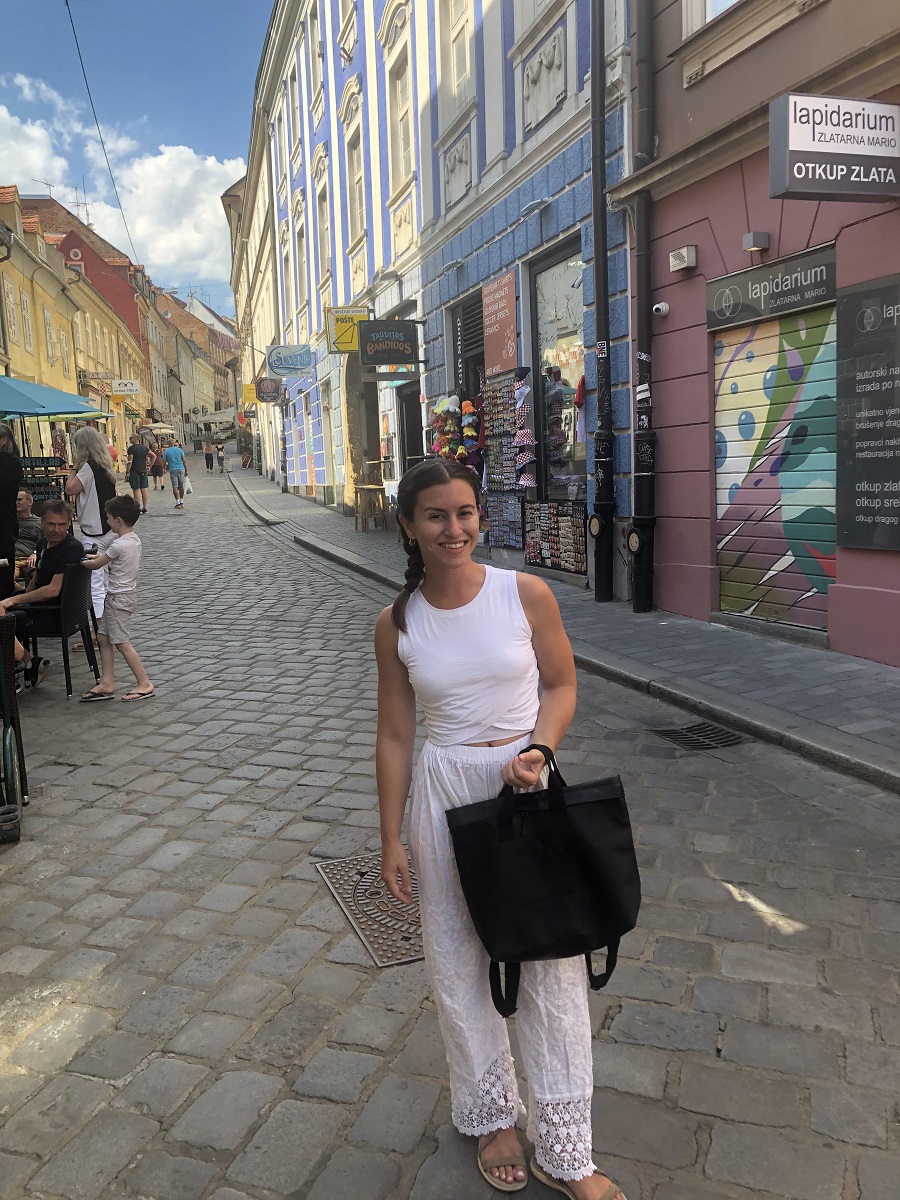
When I planned my trip to Croatia, it was with the idea that I would work remotely for the summer months and slowly make my way up the coastline. I arrived in Dubrovnik to find that it was as picturesque as people describe it to be. The fortress walls meeting the seaside and the cobblestone alleyways hiding quaint shops made the city perfect for your average tourist, but I found it hard to balance work.
In an effort to ‘settle’ and become more comfortable, I searched online for coworking spaces.I quickly found the Saltwater Nomads website and at the top there was a banner promoting the Zagreb ambassador program.
The advertisement caught my attention for two reasons: 1. I had plans to visit Dubrovnik, Spilt, Makarska, Hvar, Trogir, Sibenik, Zadar, Krka national park and Plitvice Lakes national park, why had I overlooked Zagreb, the country’s capital? And 2. I have missed the capital on other trips and later regretted it. It had me thinking, what did I not know about Zagreb?
A blackhole of and hours of googling later, I found that the city spoke to me by highlighting things that I care about. Zagreb has easy access to nature, and yet, new events around the city every night.Someone described it as Seattle in the 90s, another blogger talked about the layers of history. I was suddenly determined to find out for myself, so I took a chance and applied to the Zagreb ambassador program.
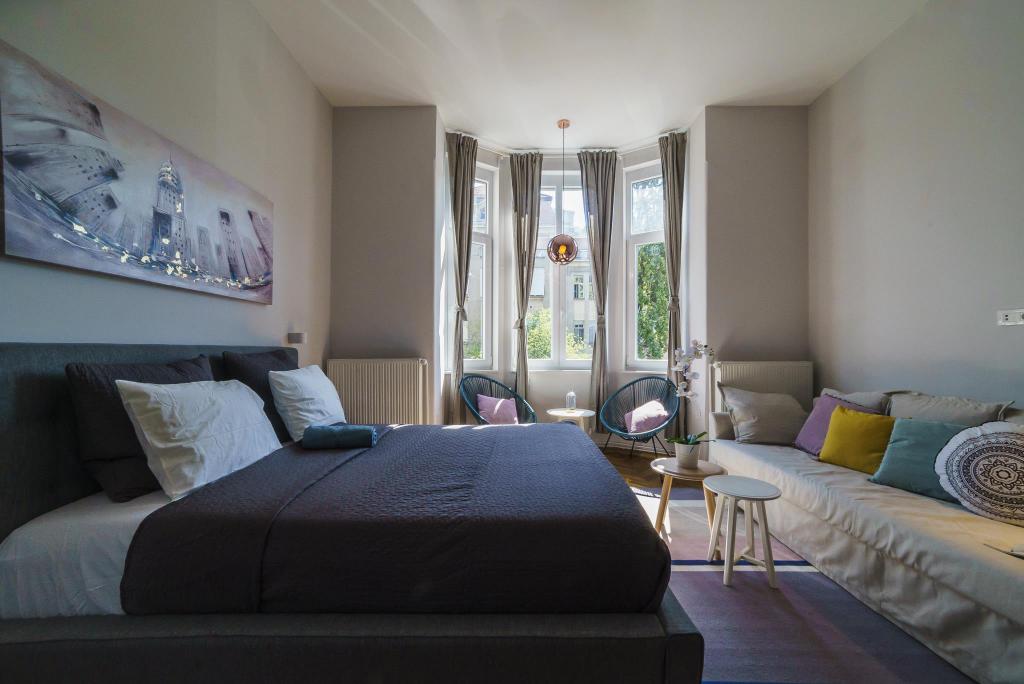
(Doma Zagreb Aparthotel - 4-star luxury in central Zagreb)
While I was excited when I found out I had the opportunity to be the first Zagreb Digital Nomad Ambassador, I arrived in Zagreb a bit nervous. I wondered, “What if I miss the coast?” and didn’t know if there would be enough to do for the month. Most blogs and tourism guides discuss what you can do in Zagreb for 24 or 72 hours. As a digital nomad, I was wondering what I would do after that.
It is the things are are not in the tourist guides or blogs that makes Zagreb perfect for digital nomads, the great places to work (when I can bear to leave my bay window at Doma Zagreb Aparthotel), taking work calls for peaceful parks such as Maksimir and Art Park, quaint cafes, and endless restaurants. The vibe of the city is young and fresh and there are events almost every evening that I have found simply by leaving the apartment and walking around.
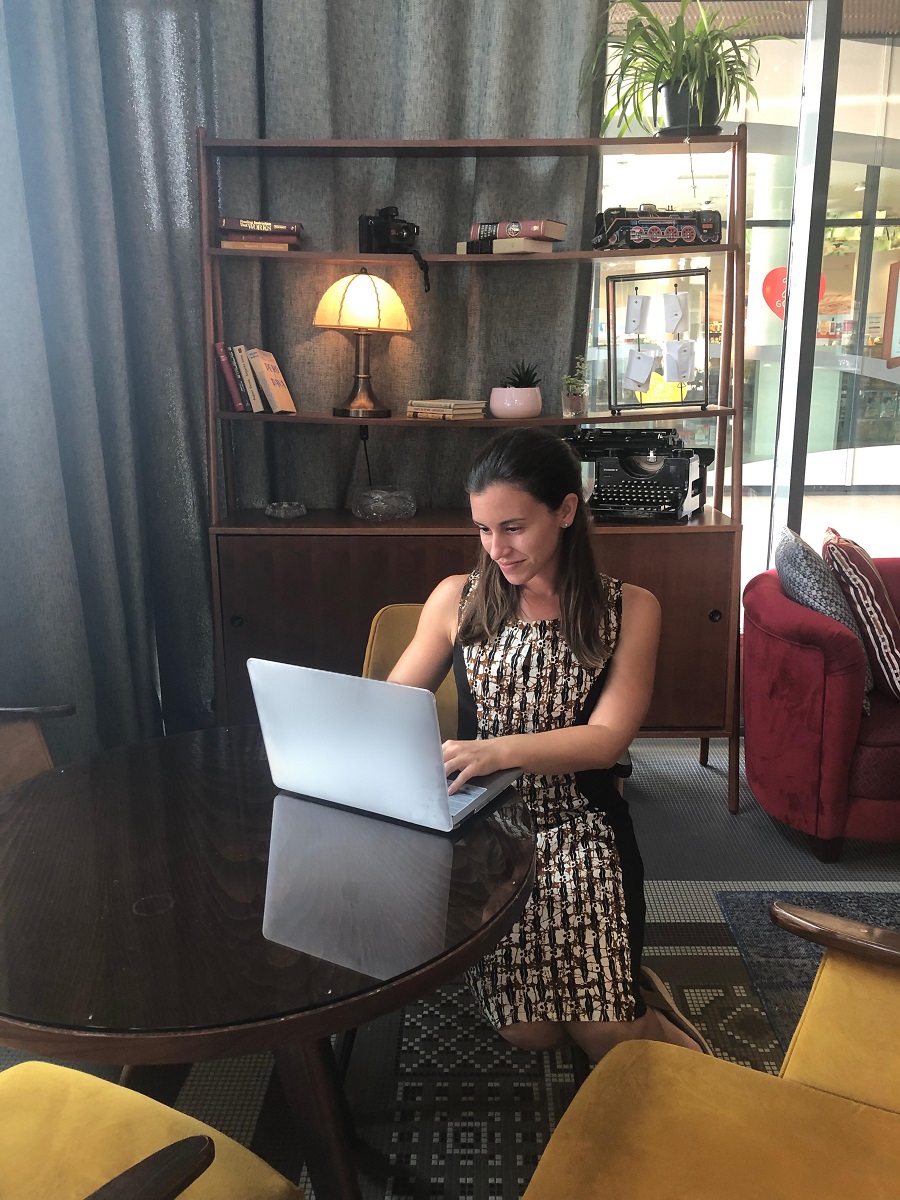
It turns out the number one thing I fell in love with in Zagreb is the people. Adel, the owner of the Doma Aparthotel where I am staying, invited me to dinner, and I immediately felt welcomed to the city. As I met the other partners from the Zagreb Ambassador Project, Saltwater Nomads, Total Croatia News, Digital Nomad Association Croatia and the Zagreb Tourism Board, it became clear that this was one of those cities I was not going to want to leave. I quickly found it normal to meet someone for a coffee for a few hours and ask a stranger for directions. Each interaction has created a constellation, a community, making the nomadic world in Zagreb feel a little more like home.
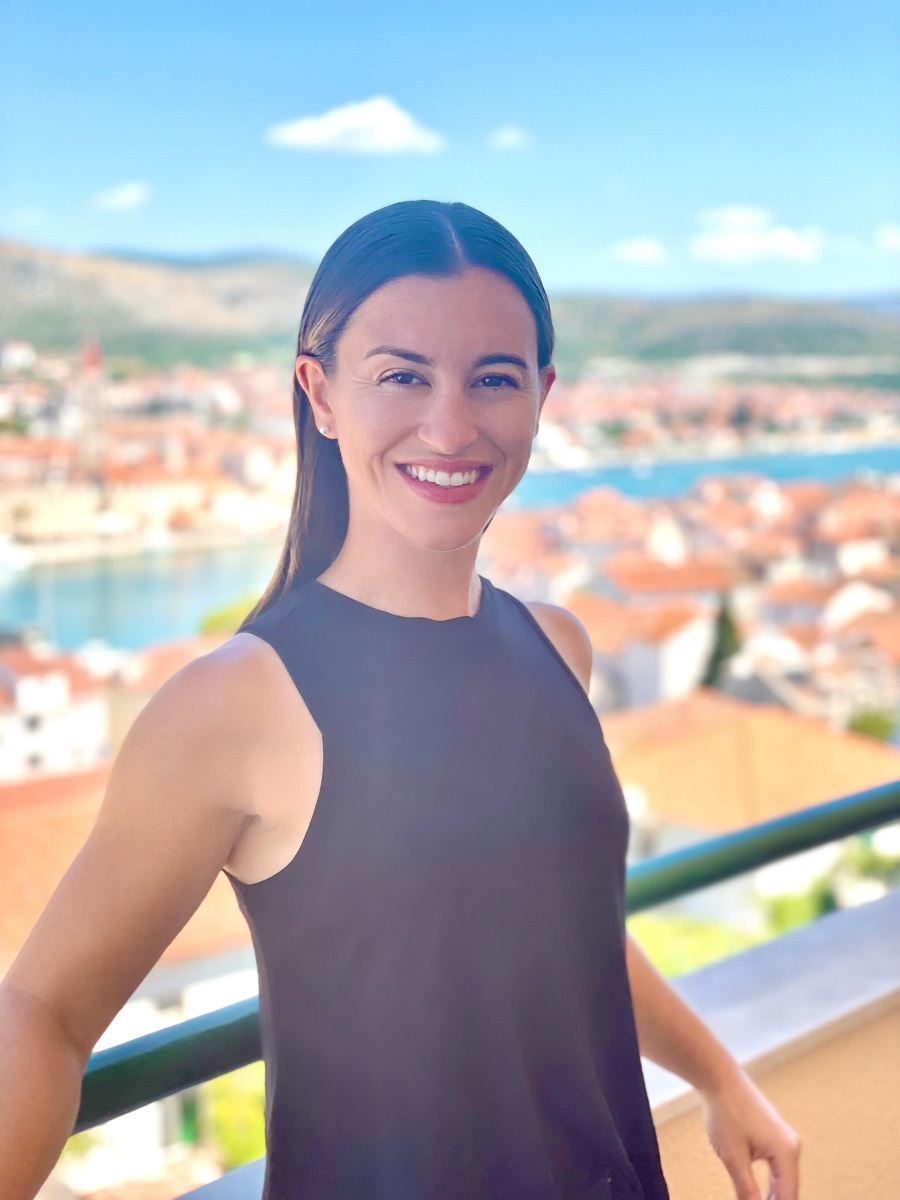
Do you want to be a Zagreb Digital Nomad Ambassador? Learn how here.
For more news and features on digital nomads in Croatia, visit the dedicated TCN section.
Zagreb Mayor Tomislav Tomašević: 11 of 27 Department Heads no Longer in Their Positions
ZAGREB, 27 July, 2021 - Eleven of 27 heads of city departments in Zagreb are no longer in their positions and acting heads will be appointed in their stead from among administration staff, Mayor Tomislav Tomašević announced on Tuesday, saying that this transition will last until the reorganisation of the city administration.
"It was important to us that some of them no longer hold those positions and that they do not have the authority to sign (contracts)," Tomašević told a press conference while speaking about moves by the new city administration in the last two months.
The mayor said that some of the department heads were leaving while the majority had been reassigned to other jobs. Noting that the transition period would be temporary, he said that a call for new department heads would be issued as part of the reorganisation of the city administration, which takes effect on 31 October, and there would be a revision of job classification for each department.
Speaking of the pace of post-earthquake reconstruction, Tomašević said that no one could be satisfied with it and that no progress would be possible without a systematic solution at state level.
"We can say what we have done each week for the last two months to speed up the reconstruction process. Since the City of Zagreb is not fully responsible for reconstruction, good cooperation (with the central government) is imperative," he stressed, adding that this would most likely require amending the Reconstruction Act.
Tomašević said that calls for one-off grants to non-governmental organisations would be suspended as of 31 July as part of budget cuts.
For more about politics in Croatia, follow TCN's dedicated page.
Nine New Ryanair Zagreb Routes Announced in December!
July 23, 2021 - Nine new Ryanair Zagreb routes have been announced for December, with promotional flight prices of just 150 kn if booked by July 25!
Ryanair, Europe's largest low-cost airline, opened its base at Franjo Tudjman Airport today and announced that it will have an additional aircraft there, so from December this year, the fleet will consist of three based aircraft, reports Vecernji List.
Ryanair says their total investment in Zagreb is $300 million, and during the winter they will have 62 outgoing flights a week from Zagreb on 24 routes, including nine new routes unveiled today.
Ryanair states that their flight schedule, after high demand this summer, will help the functioning of Zagreb as a key city break destination and will support the recovery of the Croatian tourism industry. They also state that they will create 90 direct jobs in Zagreb.
Today, they presented nine new lines from Zagreb to Basel, Eindhoven, Malaga, Manchester, Naples, Paphos, Thessaloniki (twice a week), and Dublin (three times a week). The new additions will be introduced between December 1 and December 17.
“We have one aircraft based in Zagreb from July 23, the second comes in September and the third in December. We have 41 weekly frequencies this summer and are connecting everything from London to Billund, from Oslo all the way down to Rome. So, in winter we are adding nine new routes, 25 routes in total and I hope we are going to grow that next summer. We are driving the recovery. I have to thank the airport for securing Ryanair for Zagreb and Croatia too. What I can promise you is that everyone flying through this airport in the next twelve months is going to be paying less for their airfares," said Ryanair’s CEO, Eddie Wilson, in Zagreb today.
In total, there are 24 lines to and from 16 countries - Belgium, Bulgaria, Cyprus, France, Germany, Greece, Ireland, Italy, Malta, Montenegro, the Netherlands, Norway, Spain, Sweden, Switzerland, and the United Kingdom. In the first year of flying on routes from and to Zagreb, Ryanair will transport about 700,000 passengers.
To open the new base, Ryanair launched the sale of tickets at prices of 150 kuna for travel until the end of March, which must be booked by Sunday, July 25 at midnight on the official website - ryanair.com.
Follow the latest on flights to Croatia HERE and the latest travel updates and COVID-19 news from Croatia HERE.
For more on travel in Croatia, follow TCN's dedicated page.


